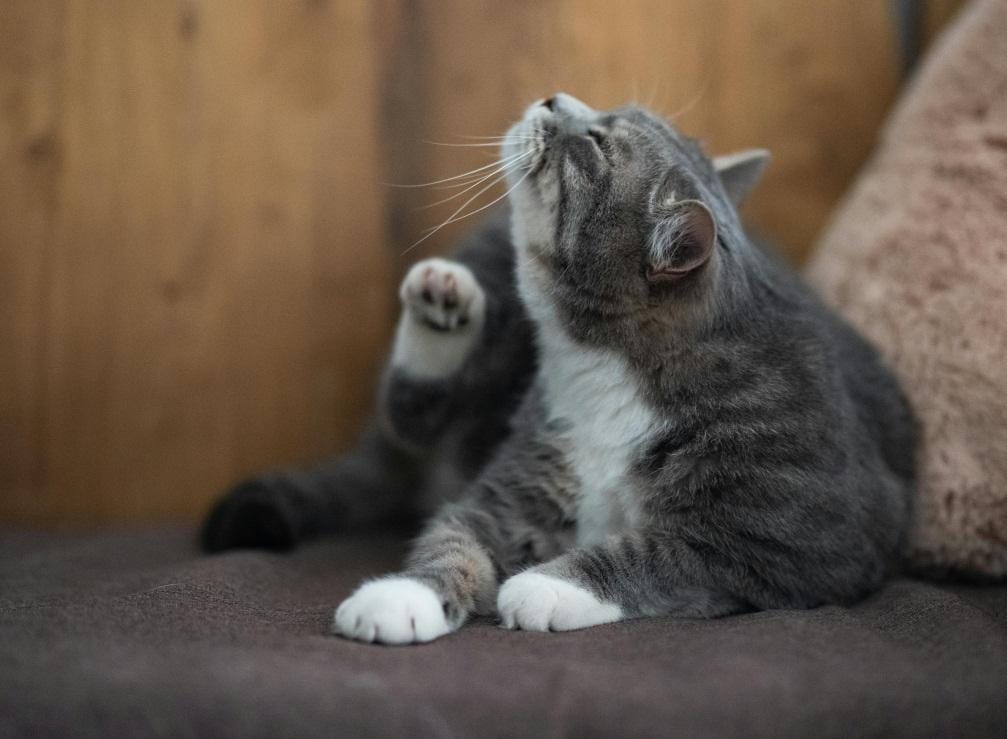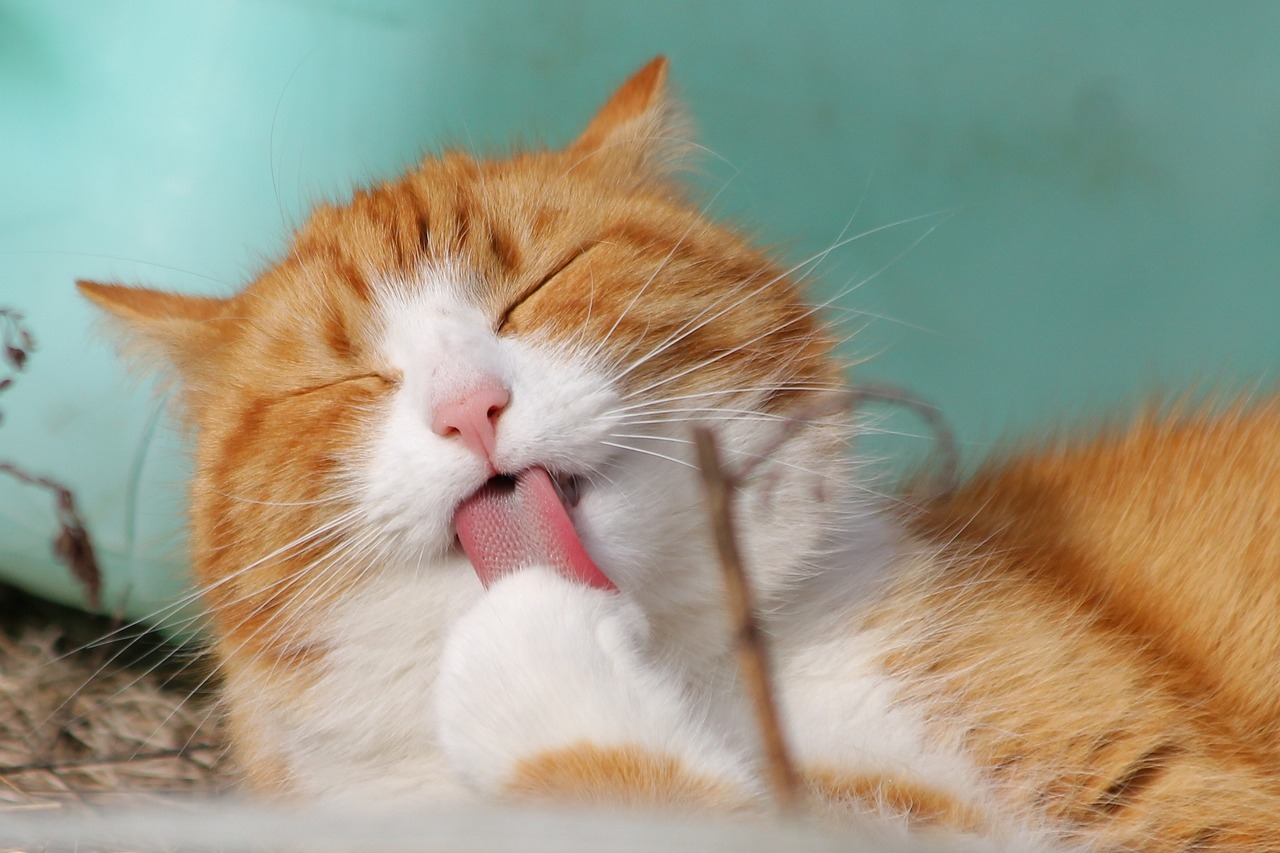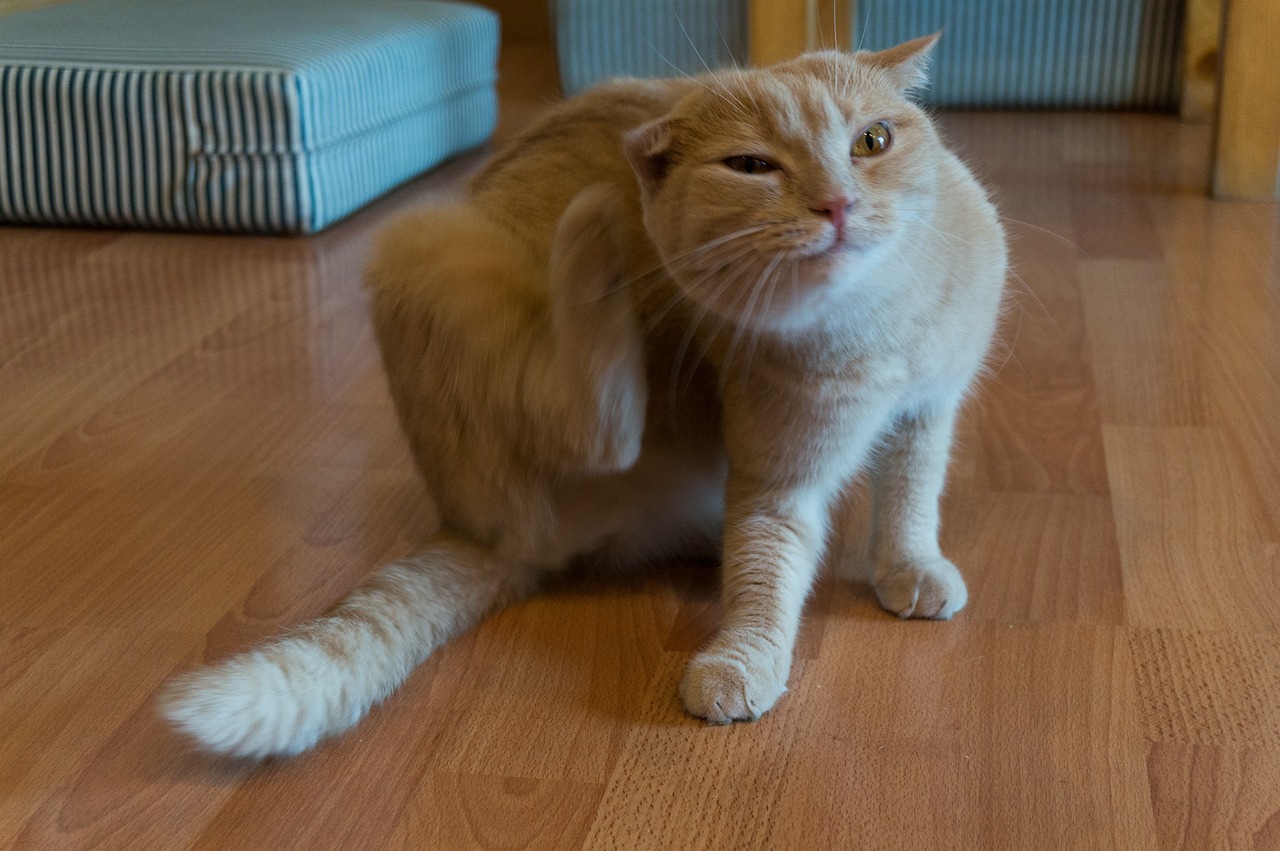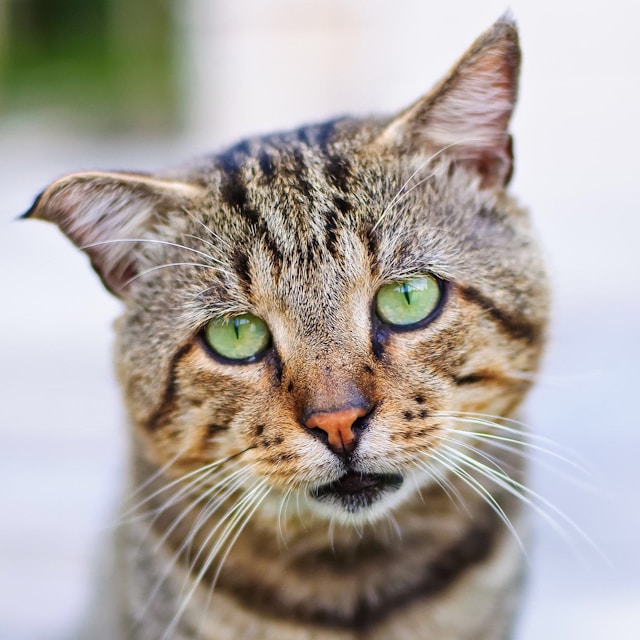Selkirk Rex
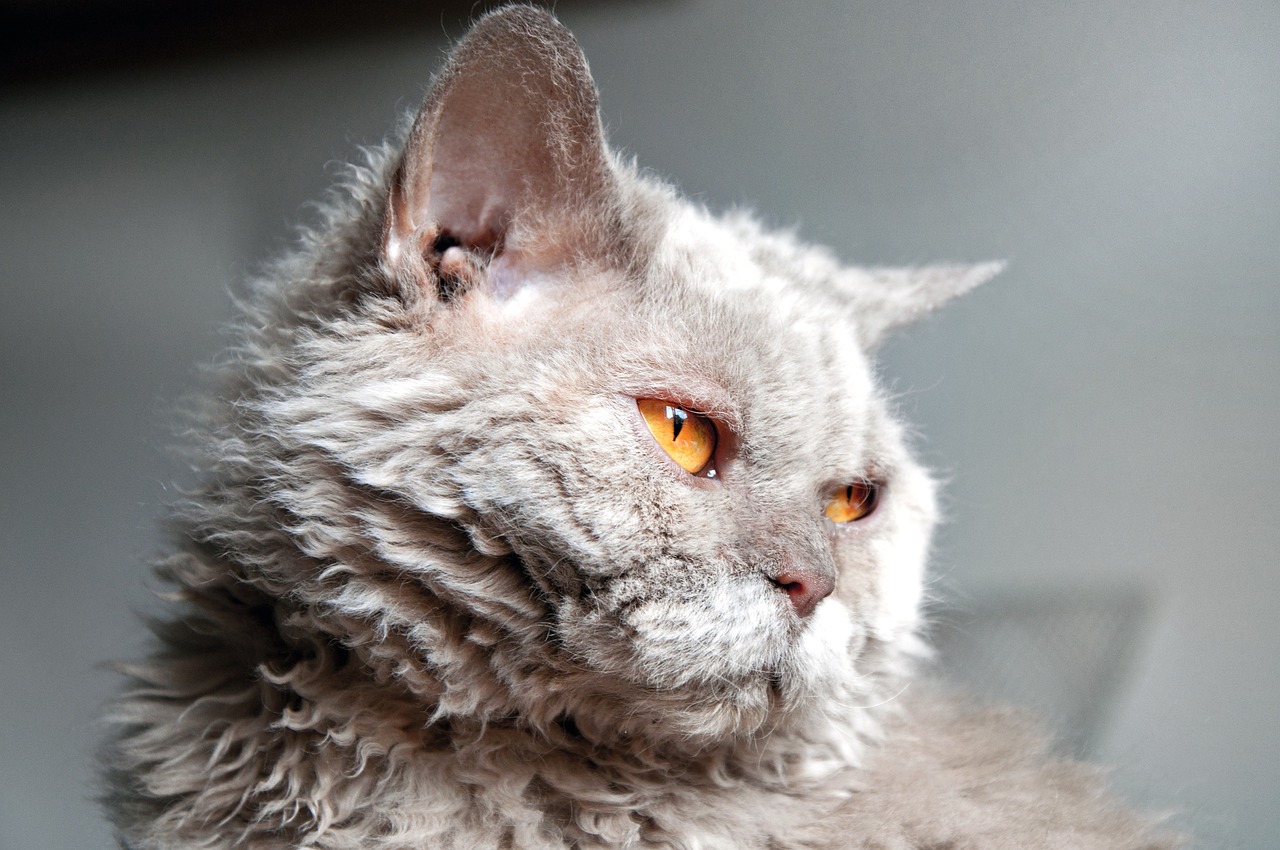
| Official Name | Selkirk Rex |
| Common Name | Selkirk Rex |
| Pet Height | 9 to 11 inches |
| Pet Weight | 6 to 16 pounds |
| Lifespan | 15 to 20 years |
| Good With | cats, children, dogs, families, seniors |
| Temperament | affectionate, sociable |
| Intelligence | medium |
| Shedding Amount | normal |
| Playfulness | medium |
| Energy Level | calm |
| Vocal Level | infrequent |
| Coat Length | long, short |
| Colors | Black/ebony, blue/gray, chocolate/brown/sable, cinnamon, cream/beige/tan, fawn, lavender/silver, lilac, red/orange, white |
| Other Traits | friendly toward humans, friendly toward other pets, friendly toward strangers, good for first-time pet owners, good lap cat, low prey drive, strong loyalty tendencies, tolerates being alone, tolerates being picked up |
Known for its distinctive curly fur, this breed stands out as one of the few with naturally wavy coats. Whether you prefer long or short-haired cats, the Selkirk Rex offers both options, each equally adored by cat enthusiasts.
These cats are often compared to living teddy bears, thanks to their large, huggable bodies, round faces, and big, expressive eyes. Their curly whiskers, various coat colors, and patterns only add to their charm.
Personality-wise, the Selkirk Rex is smart, affectionate, and easygoing. They get along well with people and other pets, making them a great addition to any household. Although the breed is relatively new—developed in the 1980s—its rare combination of good looks and a friendly disposition makes it increasingly popular among cat lovers.
Appearance
Selkirk Rex cats are often affectionately referred to as "the cat in sheep's clothing," thanks to their thick, curly fur that can sometimes resemble wool, especially in white or cream-colored cats.
As one of the four curly-haired cat breeds (the others being the Devon Rex, Cornish Rex, and LaPerm), the Selkirk Rex can have either short, tight curls or longer, wavier coats. Despite their unique appearance, their fur doesn't require as much upkeep as you might think. In fact, over-brushing can lead to frizz, according to Dr. Chyrle Bonk, a veterinarian and writer for Hepper. However, combing them at least once a week is important to prevent matting or tangles.
These cats are medium to large in size, with some reaching up to 16 pounds. They come in almost every color and pattern imaginable, and their round heads, large eyes, and pointed ears give them an irresistibly charming look.
Personality
Selkirk Rex cats are more than just their adorable curly coats—they're known for their curious, upbeat, and friendly nature. According to Bonk, a Selkirk Rex is usually a very loving cat with loads of personality. They're affectionate and can sometimes be a bit needy, but not in an overwhelming way. These cats enjoy cuddling in your lap but have a playful side that might lead to some hilarious antics when the mood strikes.
Since they are intelligent, Selkirk Rex cats can get bored if they aren't mentally stimulated. As a pet parent, providing plenty of toys and spending quality time playing with your cat is important. While their wavy coats make them extra cuddly, don't mistake them for lazy lap cats—they love to stay active and engaged.
Living Needs
Selkirk Rex cats are incredibly easygoing and adaptable, making them happy in any environment—whether it's a cozy one-bedroom apartment or a sprawling estate. The key to their happiness? Love and attention. As cat expert Bonk says, "A Selkirk Rex needs people to be happy." While they don't demand constant attention, they thrive on being around their family, whether it's following them from room to room or curling up on the couch. They aren't fans of being left alone for long periods, especially if they don't have something to keep them entertained.
Thanks to their friendly and affectionate nature, Selkirk Rex cats are great companions for seniors and children. With proper socialization, they also tend to get along well with other pets in the home.
Like most cats, Selkirk Rexes loves having a cat tree to climb and a comfortable window seat to watch the world go by. They also enjoy the typical cat toys—felt mice, plastic balls, interactive games, and feather teasers are all sure to keep them entertained.
Care
Taking care of your Selkirk Rex involves more than just showering them with love—regular grooming is key. According to Mary Jones, a Selkirk Rex breeder and co-owner of Nite Wind Cattery, these cats are pretty low-maintenance when it comes to grooming, but they still need some attention. "I suggest combing them at least once a week," she advises.
Mary recommends using a comb with longer tines for the body and shorter tines for the face and legs to keep their unique curly coat free of tangles and mats. However, be careful not to overdo it—excessive grooming can turn those beautiful curls into a frizzy mess.
Besides a weekly combing session, your Selkirk Rex might need a bath now and then, especially if they start to smell a bit less than fresh. And, of course, like all cats, you should keep their claws trimmed, brush their teeth regularly, and make sure their litter box is clean.
Health
Selkirk Rex cats are generally healthy, but due to their history of being crossbred with Persian and British Shorthair cats, they can sometimes be prone to certain health issues. They might be at risk of developing polycystic kidney disease (PKD) and hypertrophic cardiomyopathy (HCM) as they age. However, these conditions are relatively rare, especially if you get your Selkirk Rex from a reputable breeder. There's also a possibility of hip dysplasia.
Just like any other cat, Selkirk Rexes needs regular vaccinations and check-ups with a veterinarian. It's important to have them spayed or neutered and keep them indoors to ensure their safety. A Selkirk Rex can live a long, happy life with proper care, typically around 10–15 years.
Exercise Requirements
Getting your cat to be more active doesn't have to be a struggle. Just a few minutes of playtime each day can make a big difference in their mood and overall well-being. A laser pointer is one of the easiest ways to get even the laziest cat moving. As long as you avoid shining it directly in their eyes, it's a safe and simple way to get your cat darting around, burning off energy and strengthening their muscles. Cats also enjoy chasing balls, particularly if they're made of crinkly paper, and they love toys that mimic a fishing pole.
Training
Cats are pretty smart, but training them can be tricky, and the Selkirk Rex is no exception. They'll pick up on their name, know where the litter box is, and figure out when it's time for dinner. They'll also get really good at convincing you to give them treats. In the end, it often feels like the cat is the one doing the training, not the other way around.
History
Unlike some more prestigious cat breeds with royal or monastic origins, the Selkirk Rex has a more down-to-earth story. This curly-haired breed actually started out in a Montana animal shelter. In 1987, a little kitten named Miss DePesto was found there and later adopted by Jeri Newman. Miss DePesto became the foundation for the Selkirk Rex breed.
To develop the breed we know today, other cats like Persians, Exotic Shorthairs, and British Shorthairs were introduced into the mix over time. All Selkirk Rex cats can trace their roots back to Miss DePesto, whether they have long or short fur.
Fun Facts
The Selkirk Rex is the only cat breed named after a real person. Jeri Newman, who discovered a kitten named Miss DePesto at an animal shelter, chose the name "Selkirk" to honor her stepfather. This breed's distinctive wavy coat comes from a genetic mutation, unlike the straight fur of her siblings.
One of the most famous Selkirk Rex cats is Pompous Albert, a gray cat from Salt Lake City. With over 300,000 Instagram followers, Pompous Albert—named after Albert Einstein—has made a name for himself in car commercials and even appeared in People Magazine. His unique scowl has won him fans around the globe.
Selkirk Rex cats are celebrated for their curly fur and whiskers, which add to their appeal. Interestingly, a litter can include both curly-coated and straight-haired kittens.
Get insurance plans with wide-ranging coverage options








